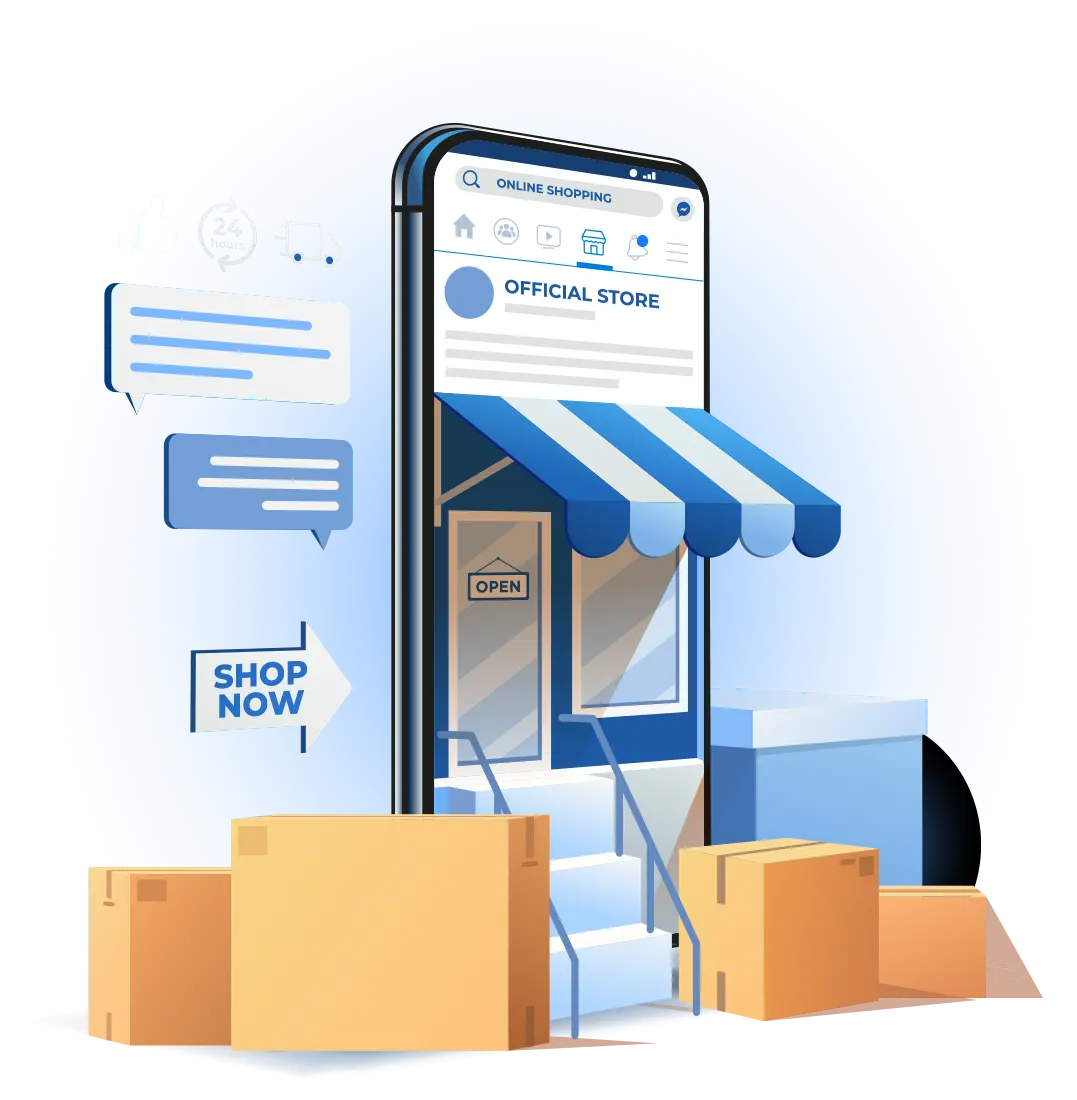 It seems every time you read industry news, another wholesale distributor has acquired or consolidated with a distributor. In the electrical industry, McNaughton-McKay announced they acquired The Reynolds Company in January 2018. Border States Supply Chain Solutions procured four electrical supply companies in the past six years, including Kriz-Davis and Shealy Electrical, as part of its efforts to become a product and supply chain powerhouse. In the plumbing and HVAC sector, Ferguson Enterprises continues to acquire its competitors, with the most recent being Blackman Plumbing Supply and Wallwork Bros, Inc. last year. As the largest US distributor of plumbing supplies and a major distributor of HVAC equipment, Ferguson continues to expand its presence across the country, with nearly 50 acquisitions under its belt so far.
It seems every time you read industry news, another wholesale distributor has acquired or consolidated with a distributor. In the electrical industry, McNaughton-McKay announced they acquired The Reynolds Company in January 2018. Border States Supply Chain Solutions procured four electrical supply companies in the past six years, including Kriz-Davis and Shealy Electrical, as part of its efforts to become a product and supply chain powerhouse. In the plumbing and HVAC sector, Ferguson Enterprises continues to acquire its competitors, with the most recent being Blackman Plumbing Supply and Wallwork Bros, Inc. last year. As the largest US distributor of plumbing supplies and a major distributor of HVAC equipment, Ferguson continues to expand its presence across the country, with nearly 50 acquisitions under its belt so far.
Joe Bennett, SVP of Strategy at Unilog, says with this uptick in mergers and acquisitions, we’re seeing more larger-sized businesses than we have in the past. “These companies are looking to build scale so they can do more with less,” remarks Bennett. “They’re following the mantra, ‘If you’re not growing, you’re dying.’ For them, being bigger is definitely better.”
As these industry moves reshape the B2B landscape, they also cause a ripple effect that impacts the businesses and employees connected with the mergers, as well as their competition. If you’re contemplating a merger, looking to be acquired, or wondering how you can compete against these mega-mergers, read on for some helpful advice and factors to consider.
Considerations when contemplating an acquisition or merger
With more competition, there’s increased pressure for distributors to grow their business – whether they do it organically, or through mergers and acquisitions. Those who choose the latter have a major technology journey in front of them if they plan to merge their ERP systems in order to run on one enterprise system. There are two ways a company can brand their eCommerce offerings; if both company brands bring value, it may be worthwhile to maintain separate brands as well as two sites, as long as they both communicate with the same ERP system. Alternatively, it may be advantageous to slowly sunset one brand in order to maintain a single strong brand, as long as there is a marketing strategy in place and extended timeline to do so.
With any acquisition or merger, expect major shifts to disrupt the people, culture, and technology associated with each organization. As a seasoned strategist, Bennett offers three key factors to consider and plan for before making a business move:
- Culture alignment: A company’s culture is a unique ideology built upon powerful core values. Entities should be similar in how they think, and in what they feel is important to their employees and customers. Research the company’s culture, including their investment in their people, to determine if they are like-minded and able to integrate well with your organization.
- Technology alignment: The single biggest investment a company makes is in their ERP system. Therefore, it would be beneficial to merge with someone on the same ERP system to minimize the added time and money needed to train employees on a new system. “There will be an expense to integrate systems, and to merge and cleanse the data, but it will be easier and less costly to do if you share the same ERP system,” explains Bennett. Additionally, Bennett says having a dedicated product information manager (PIM) will benefit your integration because it has the ability to manage multiple sites and catalogs. “The Unilog eCommerce platform has an in-built PIM that maintains custom fields, subsets, and catalogs for multiple sites, and can then push product information to different sites and other distribution channels like Amazon and eBay. A dedicated PIM is a must-have for technology alignment.”
- Collateral damage mitigation: When two companies integrate, there will undoubtedly be shared services that will come into play, which means redundancies in accounting, IT, and other core functions. Are you ready to handle letting people go? Can you deal with the fact people will lose their jobs? Bennett emphasizes businesses must acknowledge that there will be collateral damage. “As business leaders, we must strive to minimize that damage, and to try to make people as whole as possible in the exit process,” stresses Bennett. “Be graceful, kind, and humane during their transition so that eventually mergers and acquisitions won’t be viewed as negatively by employees.”
Be prepared before selling your business
If you don’t feel your organization is able to keep up with the growing competition and customer demands in the marketplace, you may be considering selling your business to a larger entity. If you don’t have an eCommerce presence, you may argue you don’t need one if you’re going to sell your business. Bennett believes to the contrary, and says an eCommerce presence actually helps attract potential buyers. “If you don’t have an online storefront, get an eCommerce site up and running quickly so you can have at least 7% of your sales flowing through that that engine real fast,” directs Bennett. “An eCommerce site will increase the value of your company, because non-touch sales will do a higher multiple than touch sales in the valuation of your company.”
How to compete against these mergers
If you’re a smaller company looking at these mergers and wondering whether you’ll remain competitive in your sector, it really comes down to a numbers game and whether you can maintain your value proposition to your customers. However, Bennett feels having low prices is not the kind of value proposition to help you stand apart because there will always be others who will be better at it than you. He tells smaller distributors to embrace and promote their real value to customers: knowledge about their products. “As someone who is knowledgeable and passionate about their products, you can be a trusted consultant by providing expertise on product choices, applications, and installation,” he explains. “I think that’s the reason why you’re still going to be relevant and important to buyers.”
Additionally, Bennett says a buy online, pick up in store (BOPIS) option is an enticing feature for many contractors. (read BOPIS is Helping Distributors Compete with Amazon and Big Box Retailers) Giving buyers the option to purchase products online and then pick them up in your store provides added convenience for those needing products in a hurry, or who would like to ask questions about the product or installation while in store. “If I needed a product real fast, I would prefer that as opposed to next day shipping on Amazon,” adds Bennett.
Whether you’re thinking of acquiring a company, consolidating your business, or just looking for ways to stay relevant in the sea of competition, do your research, think before you act, and stay true to your value proposition. Despite the surge in mergers and acquisitions, small to mid-sized distributors will always appeal to customers if they continue to provide a value-added difference.
